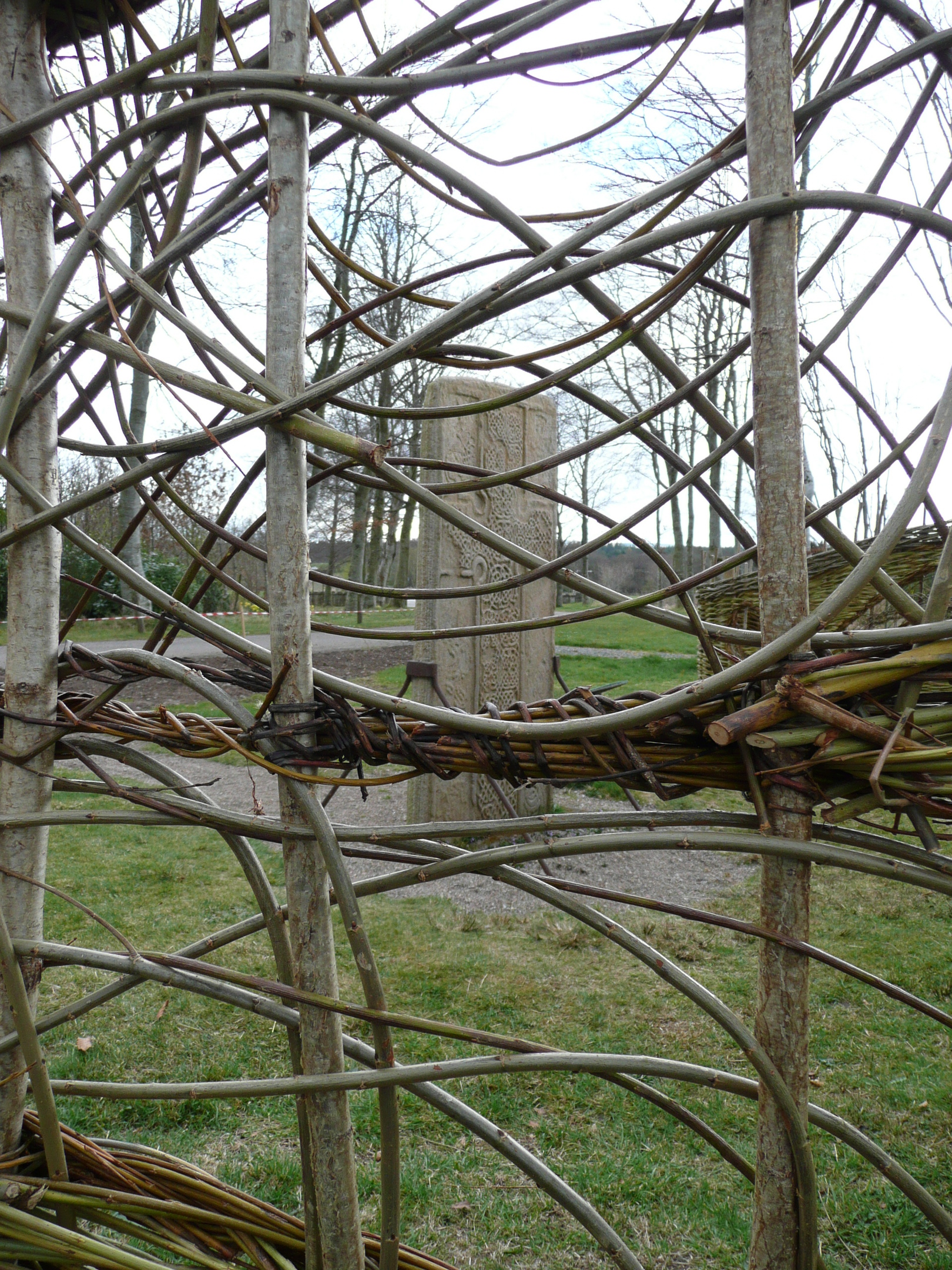An ancient Pictish symbol stone in the grounds of a Moray castle will be celebrated with a piece of music inspired by its history.
Rodney’s Stone was carved in the 8th century and is thought to originally have been used as a preaching stone.
Through the centuries, it was moved to various different locations and used for a variety of purposes.
It was finally placed near the entrance gate to Brodie Castle in the 1830s, where it is now cared for by the National Trust for Scotland.
Since 2009, the trust has been focusing on Rodney’s Stone to widen public awareness of the measures taken to conserve the monument through an innovative creative arts programme.
In the latest phase of the project, Deeside fiddler Paul Anderson has undertaken a commission to create a new piece of music inspired by the Pictish monument’s history.
The piece will be performed later this month, and trombonist John Kenny will also provide a rare opportunity to hear the striking sounds of ancient instruments – such as war trumpet Deskford Carnyx, which was discovered only 40 miles from Brodie Castle – which would have been familiar to the Picts’ immediate ancestors.
Trust archaeologist Shannon Fraser said she was thrilled by the resulting fiddle suite.
She said: “The stone has been travelling from place to place for more than a thousand years, and Paul’s music both captures that journey and extends it into the future, with his hope that the suite becomes part of local musical tradition.
“I love the idea that every time a musician plays this piece, it will add another layer to the story of the stone and its wanderings.”
The first performance will take place at Rodney’s Stone on September 27, as the culmination of an afternoon of activities on a Pictish theme in the grounds of Brodie Castle.
Visitors are invited to join artists, storytellers, archaeologists and musicians as they explore the Pictish past.
